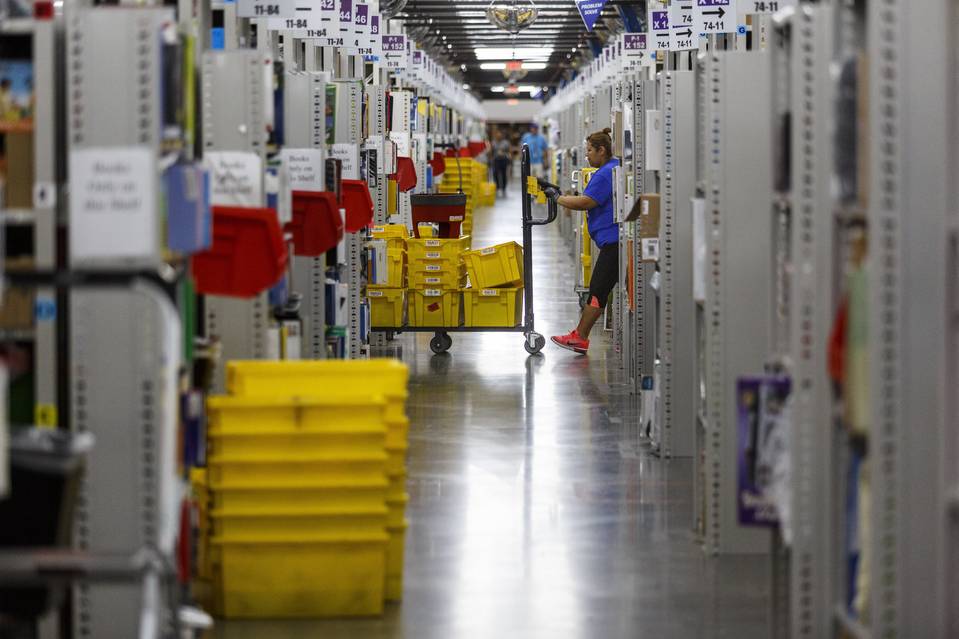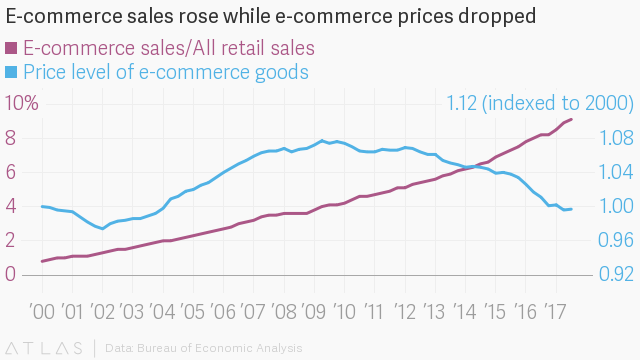In my earlier post on the Brief History of Amazon Prime, I had mentioned about the stickiness of Amazon Annual Prime Pricing. An issue with scaling revenues this way is stickiness of prices. It took a whole nine years for Amazon to go from $79 to a more profitable fee of $99. (I thought the fees would be raised to $108 at $9 a month – closer to NetFlix rates – but the fees were stickier than I had thought). Prime subscription prices vary quite a bit geographically around the world. For instance, the annual subscription is $99 in the U.S., £99 in the U.K. (equivalent to USD 115), $22 in Italy, and about $8 in India. However, within certain geography…
Leave a CommentCategory: Operations
Derek Thompson’s writing is always enjoyable.1 In his Hit Makers, Thompson looks at two main questions: 1. What is the secret to making products that people like? 2. Why do some products fail in the marketplaces while similar ideas catch on and become massive hits? To address the first one, he shows that many of the viral hits have some strong shared features (timely exposure, MAYA rule2– most advanced yet acceptable designs, refrain and repetition for music, helpful economics, network effects, and the force of storytelling). But these features are, as Thompson himself argues, not exactly some “secret sauce”. I hope that the readers are not frustrated by the eventual answer to Why question: much of virality is due to…
Leave a CommentIn late December 2017, continuing its string of legal setbacks, Uber lost a case in the European Court of Justice which ruled that Uber is a taxi company. Specifically, the courts rule that a company whose service is “to connect, by means of a smartphone application and for remuneration, non-professional drivers using their own vehicle with persons who wish to make urban journeys” must be considered “a service in the field of transport.” The news coverage of the case indicate that the ruling only impacts four markets (Poland, Czech Republic, Slovakia, and Romania), where Uber is yet to be regulated under the local or national laws. In fact, Uber is already regulated like a taxi company in many European nations. Proponents of…
Leave a CommentThe Containers Podcast mini-series (with eight self-contained 30-minute episodes) by Alexis Madrigal at Atlantic is amazing! As an Operations academic in a business school, I am a fan of both nitty-gritty details and narrative story-telling canvas. When I came across the Containers podcast my stoicism vanished, and I was giddy with excitement. Containers are one of those mundane things that fundamentally changed global trade and turned supply chains into complex organisms. You would be completely mistaken to think that a podcast on containers would be boring. Alexis Madrigal brilliantly weaves logistics facts with human interest stories that form the cogs in gigantic machinery of global trade. He talks about the history of Oakland, the “deaths” of longshoremen, poetry, Filipino lives, logistics,…
Leave a CommentAn Amazon worker at Chattanooga, Tenn., fulfillment center in August. Photo Credit: Doug Strickland/Associated Press A fascinating article by Laura Stevens on WSJ (Subscription required) talks about how Amazon sets its third-party “deal of the day”. The first compelling fact that stood out from the article was the scale of revenues generated by third-party sellers on Amazon. A graph of the total gross merchandise volume (GMV) sold by Amazon, shows that in the recent years, the third-party share of Amazon revenues have increased from 50% to about 70% (even as Amazon’s revenues have exploded). How are these deals evaluated and picked by Amazon? Amazon’s deal of the day selections hinge on two important factors—whether it thinks an item will be…
Leave a CommentThe above chart from Quartz shows how much e-commerce sales in the US have grown because of the low price. In fact, the price level is now comparable to 2000 prices. In short, many goods on e-commerce are being sold on very marginal and progressively diminishing profits.
Leave a CommentWired Magazine reports that San Francisco is planning to adjust parking spot prices based on demand, essentially moving to dynamic pricing of parking spots. Note that SF has been experimenting with the dynamic pricing of spots already. This proposal by San Francisco Municipal Transportation Agency (SFMTA) — which has not been voted by the City Council yet — expands the dynamic pricing spots from the current 7000 meters to 28,000 meters. I’ll make 4 salient points about the issue: (a) Success depends on operational transparency, (b) Roads utilization, not spots, is the main source of congestion, (c) Dynamic pricing may not improve utilization, and (d) Dynamic pricing may hurt consumer welfare. (In fact, I will discuss research evidence that SFPark…
Leave a Comment

